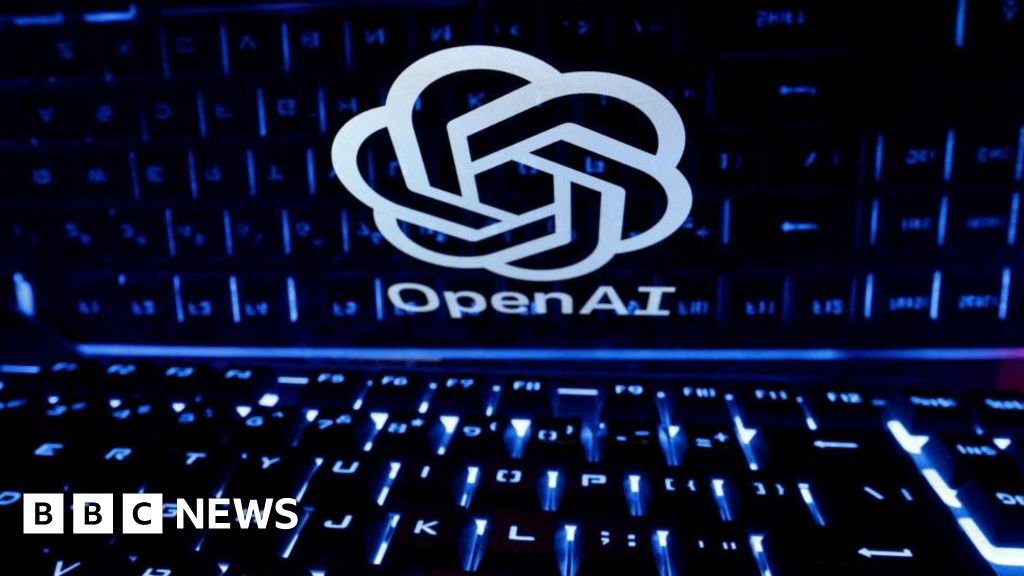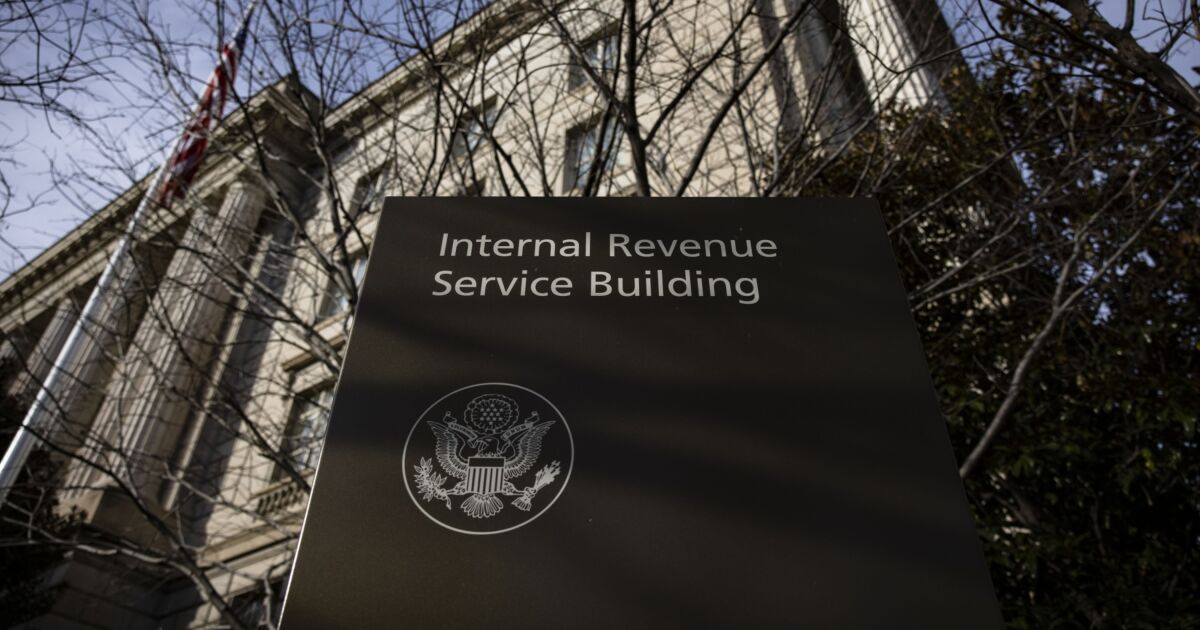The Internal Revenue Service and the Treasury Department released information Wednesday on two energy-related tax breaks under the Inflation Reduction Act: the energy efficient home credit and the Low-Income Communities Bonus Credit.
Notice 2023-65 provides guidance on the new energy efficient home credit as amended by the Inflation Reduction Act, allows eligible contractors who construct or substantially reconstruct and rehabilitate qualified new energy efficient homes a tax credit of up to $5,000 per home. The amount of the credit depends on eligibility requirements such as the type of home, the home’s energy efficiency, and with respect to multifamily dwelling units, whether prevailing wage requirements are met. The Inflation Reduction Act extended and enhanced the energy efficient home credit in Section 45L of the Tax Code.
For homes acquired in 2023 through 2032, the credit amount ranges from $500 to $5,000, depending on the certification achieved and standards met, which include:
- Energy Star program requirements;
- Zero Energy Ready Home program requirements; and
- Prevailing wage requirements (for multifamily dwelling units only).
For homes acquired before 2023, the credit amount is $1,000 or $2,000, depending on various standards that have to be met. Those include certifying that the home has an annual level of heating and cooling energy consumption that’s at least 50% (or 30% for some types of manufactured homes) less than that of a comparable home that meets certain energy standards, with building envelope component improvements accounting for at least one-fifth (or one-third for certain manufactured homes) of the reduction.
“President Biden’s Investing in America agenda is focused on reducing costs for Americans, and the Inflation Reduction Act is lowering utility bills by providing increased incentives to make homes more energy efficient,” said Deputy Secretary of the Treasury Wally Adeyemo in a statement Wednesday. “Treasury’s guidance provides clarity and certainty to home builders planning construction projects.”
Earlier on Wednesday, the Treasury Department, the IRS and the U.S. Department of Energy announced that applications for the Low-Income Communities Bonus Credit program under Section 48(e) of the Tax Code will open at 9:00 a.m. ET on Oct. 19, 2023. To provide information about the application process ahead of this date, the Treasury and the Department of Energy will be launching the program help desk and hosting a webinar about the application process on Sept. 29. Potential applicants can register for the webinar here. A recording of the webinar will be available online after the event for those who can’t attend, as well as additional materials to help applicants prepare their submissions on the Department of Energy landing page in the weeks ahead.
This program provides a 10 or 20-percentage point boost to the Investment Tax Credit for qualified solar or wind facilities in low-income communities. As explained in previous guidance, the Low-Income Communities Bonus Credit Program will allocate 1.8 gigawatts of capacity available through competitive application for the 2023 program across four categories of qualified solar or wind facilities with maximum output of less than five megawatts. The IRS intends to allocate up to: 700 megawatts to facilities located in low-income communities; 200 megawatts to facilities located on Indian land; 200 megawatts to facilities that are part of federally-subsidized residential buildings, including housing supported by the Low-Income Housing Tax Credit and Section 8 of the Housing Act; and 700 megawatts to facilities where at least 50 percent of the financial benefits of the electricity produced go to households with incomes below 200 percent of the poverty line or below 80 percent of area median gross income.
Depending on the availability of capacity, applications for the 2023 program are expected to be accepted through early next year. The Treasury and IRS may decide to reallocate capacity between categories in case there’s oversubscription in any category. Then any unclaimed capacity will roll over into the 2024 program year, when another 1.8 gigawatts of capacity will be available via application.
“Too often underserved communities are shut out from clean energy and hit hardest by the climate crisis and toxic pollution,” said Senate Finance Committee chairman Ron Wyden, D-Oegon, in a statement. “With applications for this critical program opening up soon, America can finally course correct and target clean energy investments to give low-income communities an economic boost and make sure that all families can benefit from lower energy costs and live healthier, safer lives — a basic human right.”
Credit: Source link











